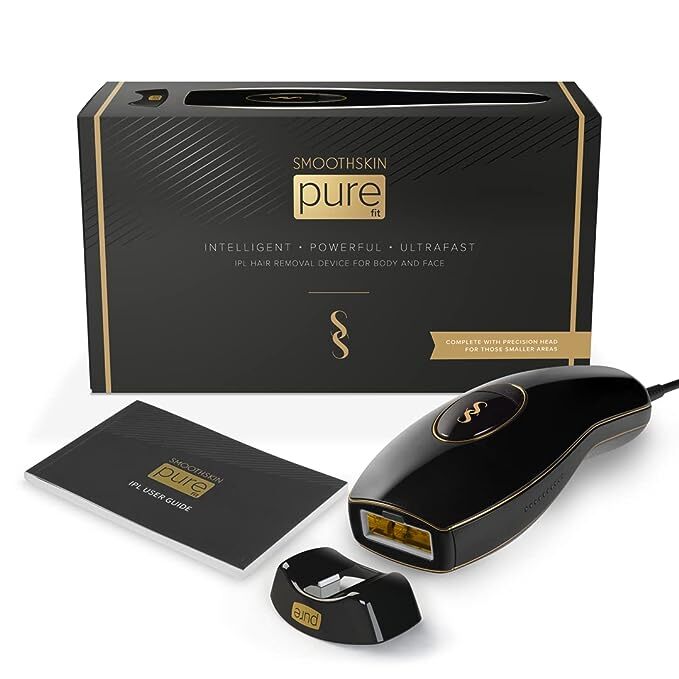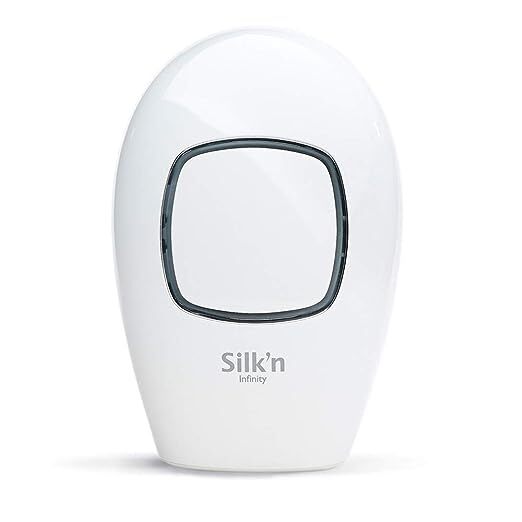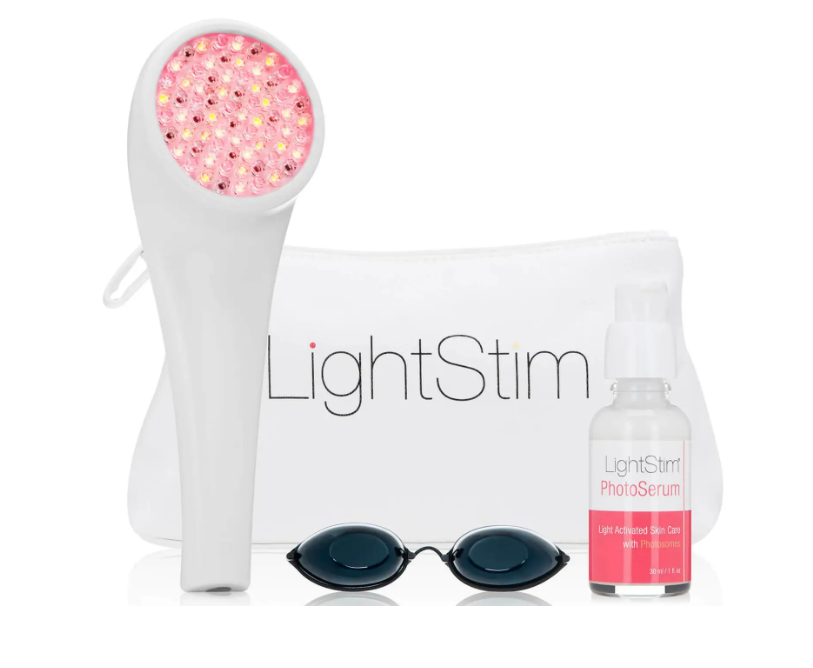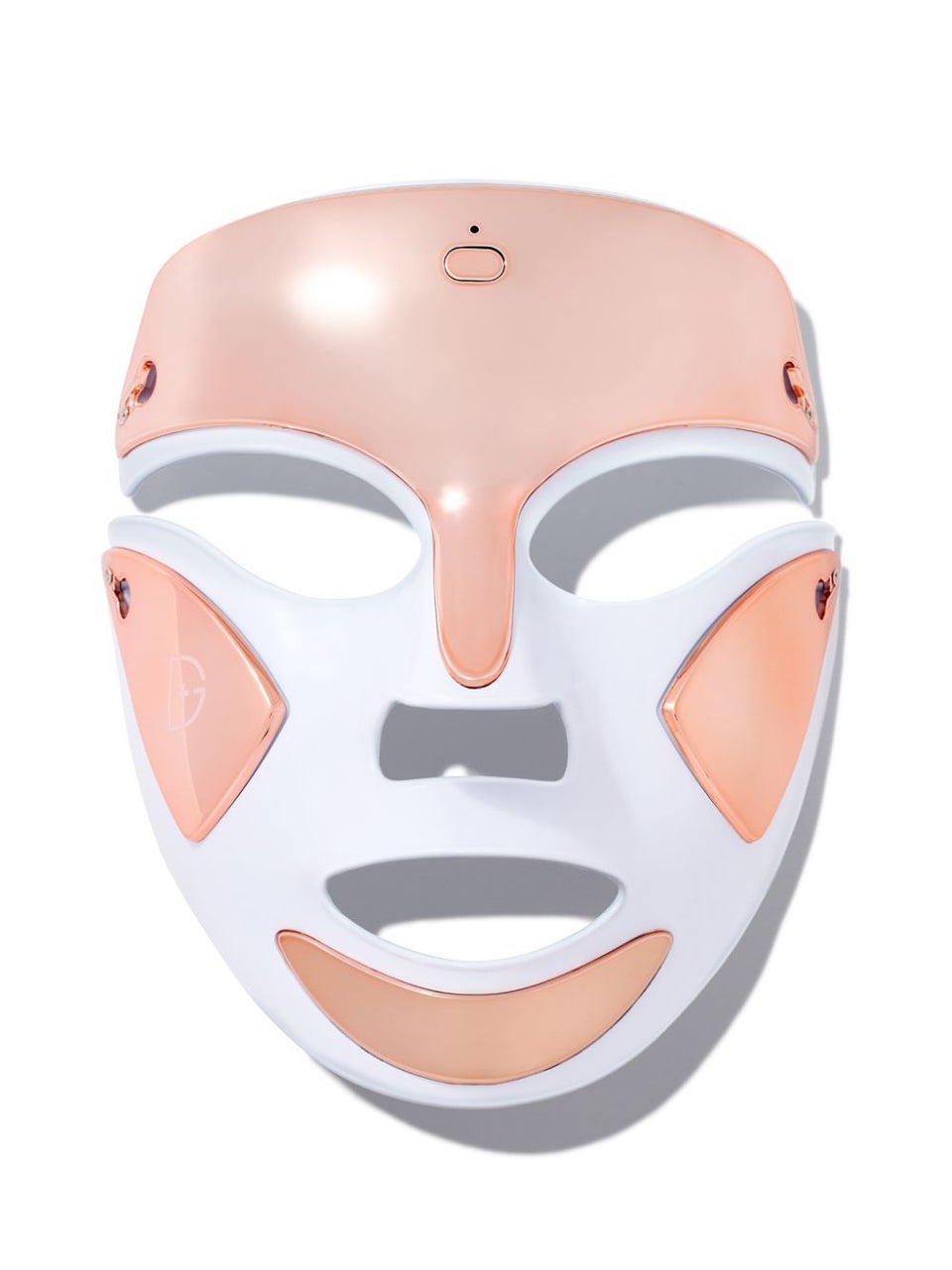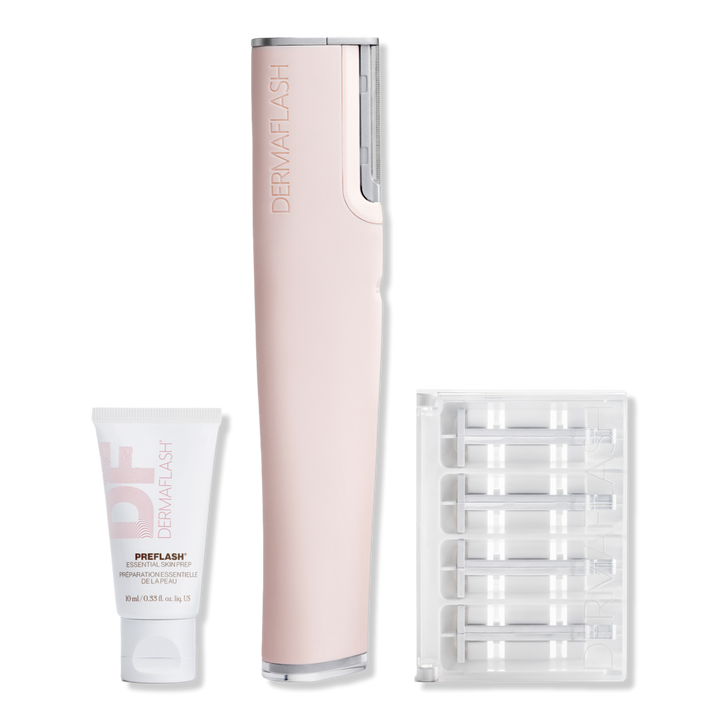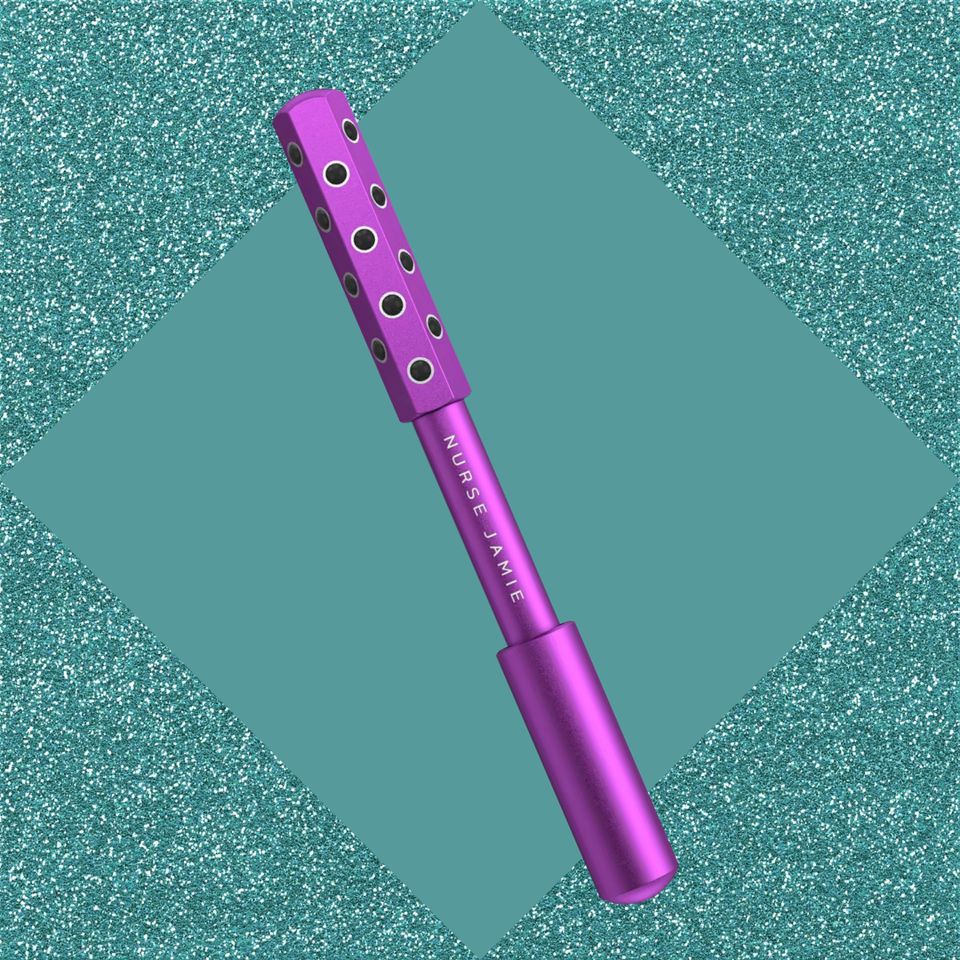
Whether you’re interested in red light therapy, microcurrent treatments, laser hair removal or dermaplaning, many procedures that used to require appointments at the dermatologist’s office can now be done in your bedroom. But often, the skin care devices needed for at-home treatments are expensive, and deciding whether they’re worth it — or if you’re better off seeing a professional — isn’t so clear.
“At-home skin care devices are an increasingly popular alternative to in-office treatments for a myriad of reasons,” said Dr. Naana Boakye, a board-certified dermatologist and founder of Bergen Dermatology. “Mobile skin care devices provide more convenience and control, and are cost-effective.”
The biggest trade-offs are price and efficacy. Though these products can have their advantages, they’re typically not as strong as professional devices.
“This is not to say that they are entirely without benefit,” said Dr. Rachel Westbay, a board-certified dermatologist at Marmur Medical. “While not as effective as professional treatments, some at-home devices can be used in place of them for those who cannot make it to the office or for those who cannot afford the cost.” They can also be used alongside professional treatments to help maintain your results.
Not all treatments are right for the home. For example, laser skin resurfacing, a treatment you’d be hard-pressed to find in a consumer device anyway, should be left to the professionals. And microneedling, for which there are many products on the market, can cause damage to skin and even infections when done improperly at home.
You’re also missing out on something irreplaceable — your doctor’s knowledge. “Understanding of full medical history, ethnic and ancestral backgrounds, disclosure of medications and conditions is a prerequisite, and a patch test [to check the skin’s reaction] is necessary to ensure safe and effective selection of devices, treatments and technologies,” said Dr. Ava Shamban, a board-certified dermatologist and founder of Ava MD and Skin Five medical spas. “This is often why the office is best.”
If you’re looking for the at-home treatments that are actually worth it, these are the devices recommended by dermatologists we spoke with.
Laser Hair Removal
Laser hair removal uses energy and heat to target melanin in hair follicles to destroy the hair. This means that after approximately two to six professional laser hair removal sessions, you won’t have to shave, wax or tweeze, and the skin can look smoother and feel softer. For those prone to ingrown hairs, the procedure can help eliminate those, too. Results aren’t considered permanent since hair can eventually grow back. But depending on individual factors, it can take years before you see noticeable regrowth.
“At-home laser hair removal devices work similarly to professional treatments, but use lower energy levels. They are more time-consuming to use, but they can help and are a great option to maintain improvements between professional treatments,” Westbay said. “It is important to note that at-home devices for hair removal, like any at-home device, are not as strong as in-office devices and so won’t give as profound of results, and require more treatments.”
It not only takes longer for each additional treatment due to the slower speed and smaller head size of home devices, but results can take longer, too. While you may notice some hairs falling out after a single home treatment, many more sessions will be needed to achieve the same results you’d see from in-office procedures. For example, Tria states that its Hair Removal Laser 4X (shown below) requires at least eight sessions for a substantial reduction in hair, compared with a 10%-25% reduction from a single professional treatment.
While you’ll get quicker results from an in-office treatment, with a little patience and dedication, hair removal is possible with these at-home devices. But not everyone is a good candidate for using laser hair removal devices: you’ll need a fair to medium skin tone and dark colored hair for them to work.
“The two main types of lasers that are best for people with darker skin tones are the Nd:YAG laser and the diode laser,” Shamban said. “Keeping to office and professional treatments will minimize the chances of developing the most common laser-related side effects for dark or Black skin: hyperpigmentation, or dark spots, and hypopigmentation, in which the skin pigment lightens.”
There are currently dozens of at-home hair removal devices available, but these are the ones recommended by the dermatologists we spoke to.
HuffPost may receive a commission from some purchases made via links on this page. Every item is independently curated by the HuffPost Shopping team. Prices and availability are subject to change.
Microcurrent
Microcurrent uses a small electrical current to stimulate muscles and create a lifted effect on the skin, like sculpted cheekbones and lifted brows. Devices like NuFace’s are popular for their quick treatment time and subsequent results, though the outcomes don’t typically last.
“Microcurrent is also an easy treatment for home usage. But be prepared to wait and see results, since it will take a considerable number of home treatments to showcase the cumulative benefits,” Shamban said. “Maintenance is ongoing; it is not a series and done. This is a daily commitment for the benefits.”
Westbay was more cautious about recommending microcurrent. “The benefits of microcurrent technology are not well documented in medical literature, and I think it’s important that people be aware of this when considering a purchase of a microcurrent device,” she explained.
“In my professional opinion, if someone elects to use an at-home microcurrent device, it should be with the idea in mind that it is best as a maintenance modality. For example, if someone received an in-office treatment and wants to keep their skin toned and preserve their result as long as possible, it may help with this. When used alone, however, results are unlikely to meet expectations.”
If you’re interested in microcurrent, you may want to try a device that does more than that alone. Here’s a recommendation.
It has multiple attachments that allow you to use it as a cleansing device. And it has both red and blue light therapy, for wrinkles and acne respectively.
Red Light Therapy
The excitement around red light may include a lot of hype, but the benefits are real (if perhaps slight). “LED devices are the at-home devices I would most strongly recommend using, as they have great supportive data behind their efficacy,” Westbay said.
“Red light therapy is no harm, no foul,” Shamban added. “It is very difficult to not use properly and has benefits for toning, tightening and collagen production, as well as supports wound-healing and tissue repair.”
These devices can sometimes have bulbs with multiple colors, with each light providing a different benefit. Blue, for example, is ideal for acne-prone skin. Red light has been shown to stimulate the production of collagen. Green light is optimal for hyperpigmentation, as it targets melanocytes. “The result is a more even, luminous complexion,” Westbay said.
Red light therapy is often used for anti-aging, and it can be anti-inflammatory. Results are subtle, though, and it requires long-term use to provide real benefits. The number and type of bulbs can impact how effective the treatment is, so choose a device that has proven effects. Here’s what the experts recommend.
“The light therapy device is FDA-approved and easy to use, and features several treatment options to address your skin care concerns," Boakye added. "Used consistently, this treatment is great for fighting wrinkles and building collagen."
Dermaplaning
Dermaplaning is a lot like shaving, but depending on the method, it can also exfoliate skin. While it seems like a simple, at-home treatment, going to a professional can actually make a big difference.
“The choice to do a professional dermaplaning generally means the use of a straight razor that allows a closer shave,” Westbay said. “This means the treatment needs only be performed once monthly, versus once weekly with an at-home device. As a result of the closer shave, the results are comparably greater, with a smoother endpoint that allows for that extra-smooth base for foundation. And, of course, there is less room for operator error and safety implications when done by a professional.”
With that said, at-home devices can still provide big benefits toward smoothing the look of skin and improving how makeup applies. “If you do elect to shave that peach fuzz at home, definitely consider an at-home dermaplaning device, which can be used safely and can be effective when done once weekly,” Westbay said.
And no, hair will not grow back thicker or darker. Depending on your hair type, though, it may feel more obvious due to the blunt ends of the hair growing back.
